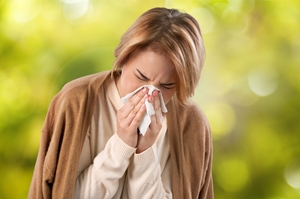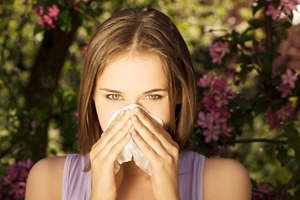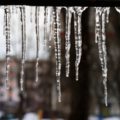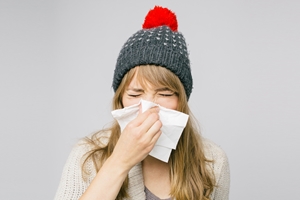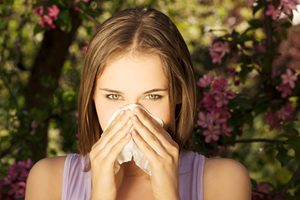
How were your allergies last year? Did you sneeze a lot? That's not surprising. Last year was one of the worst allergy seasons in recent time, and there's a reason or that: weather. Environmental conditions plays a major factor in how people suffer from allergies.
Most sufferers last year had to deal with multiple allergies during a condensed allergy season. The prolonged winter prevented spring from blooming during its normal period (March and April), which pushed spring allergy season well into the summer and fall. This forced people to manage multiple allergies at once.
This year, the opposite has happened. Many parts of the country that dealt with a long, cold winter in 2015, experienced a much warmer one this year. While it may be more pleasant, allergies have also been much worse. According to the National Weather Service, much of the U.S. in December and January was nearly 5 degrees warmer than normal, and March was 7 degrees higher than usual. As temperatures rose, trees bloomed earlier, causing a spike in pollen levels.
Deborah Gentile, director of research in the Allegheny Health Network Department of Allergy, Asthma & Immunology, told the Pittsburgh Post-Gazette that allergy sufferers can blame the warmer winter for their allergies.
"We're now in the peak of the tree season with trees in full bloom for two or three weeks now," said Gentile. "The warm spell through most of February and early March is what triggered trees to bloom sooner."
For more allergy solutions, visit Allergy Be Gone's store for a wide range of allergy control products.

